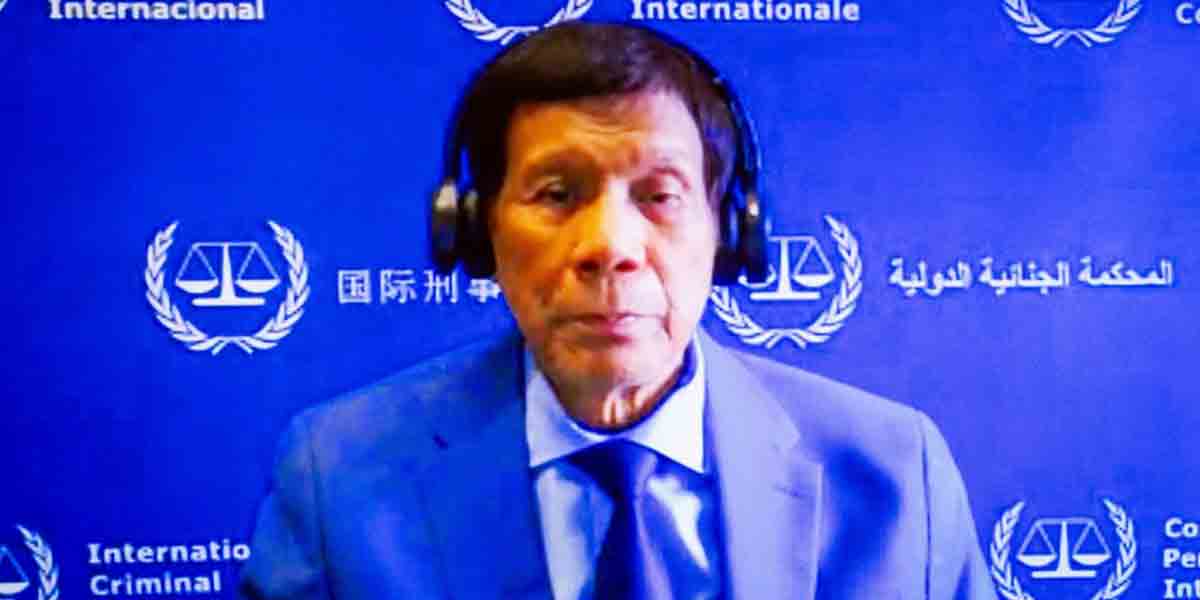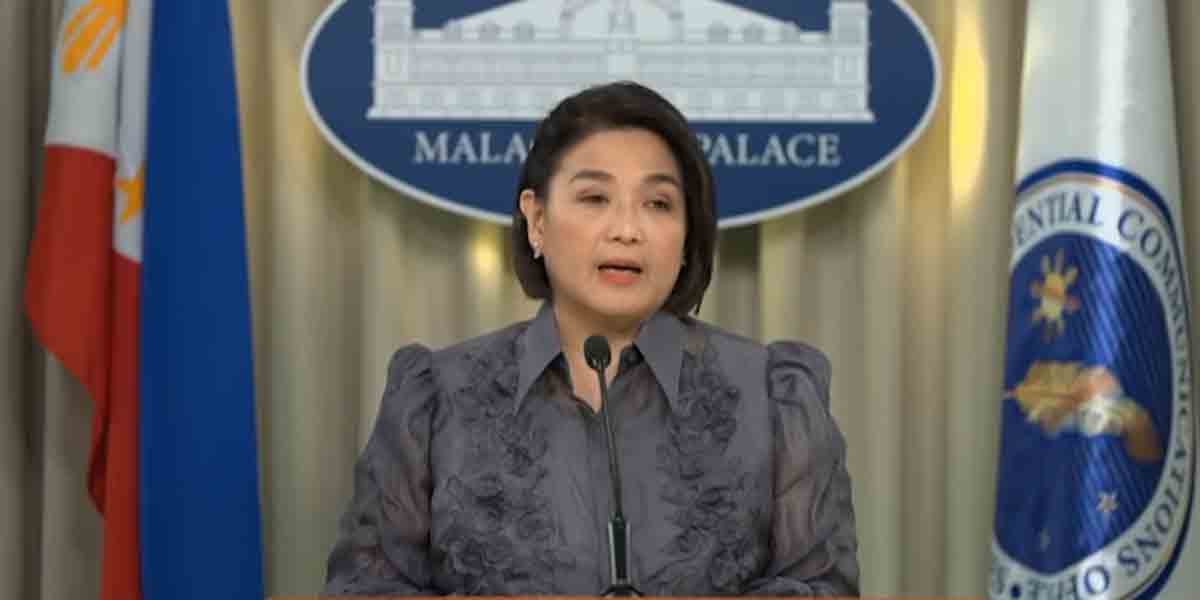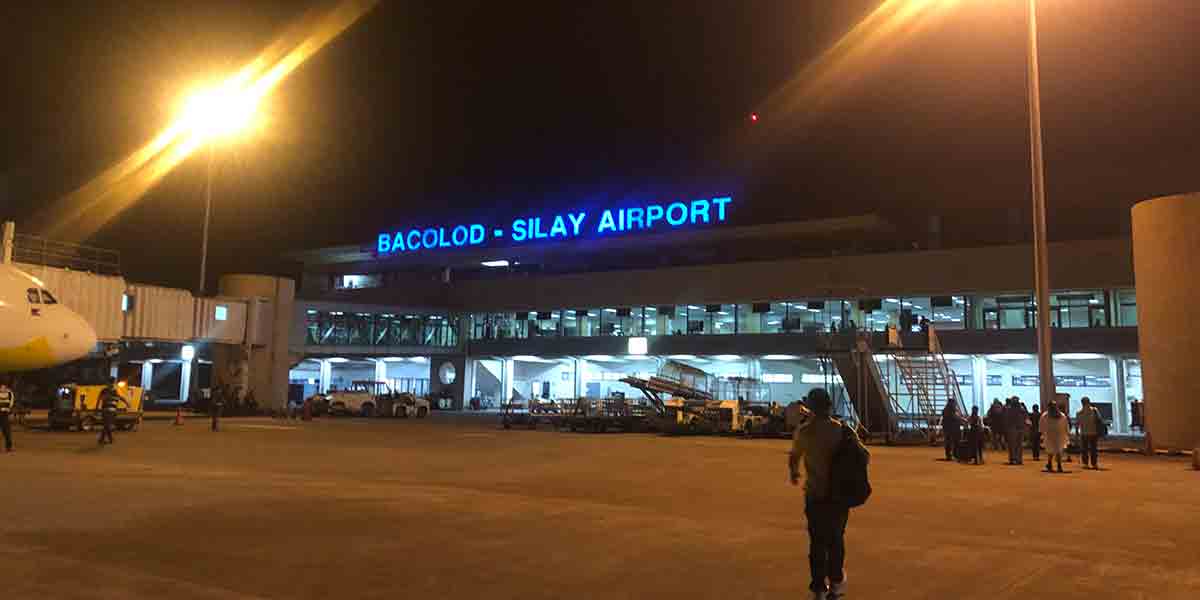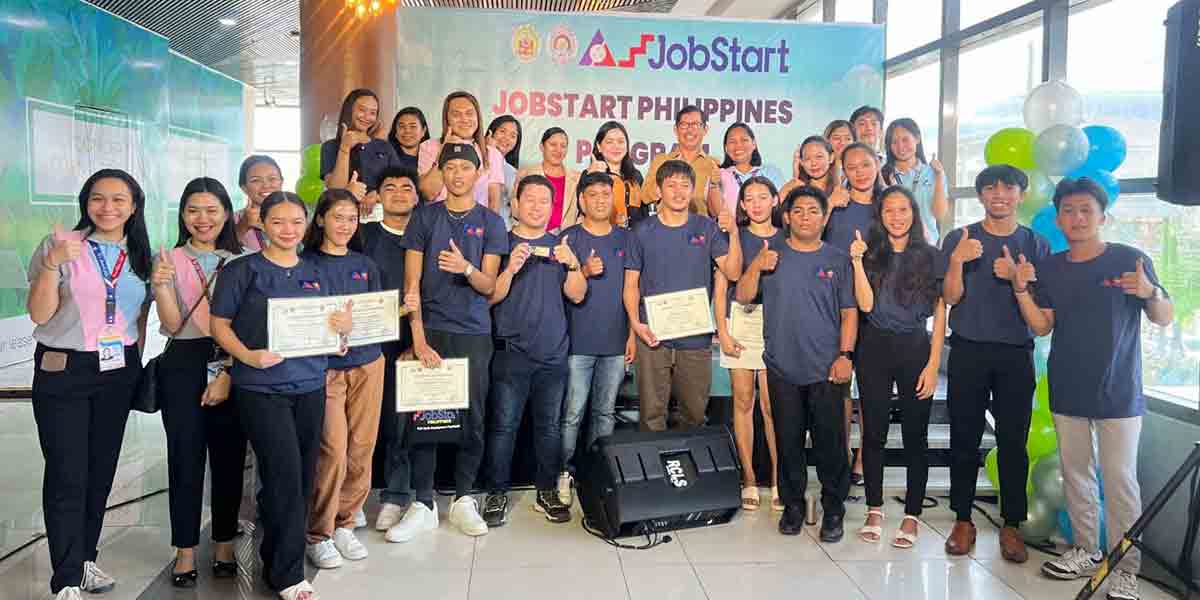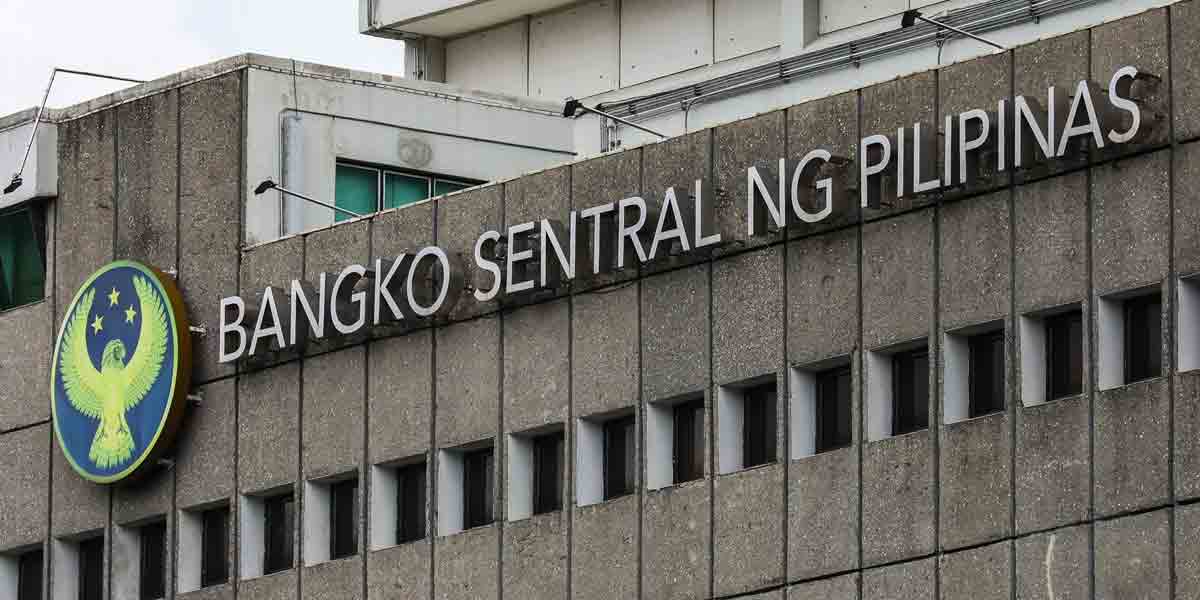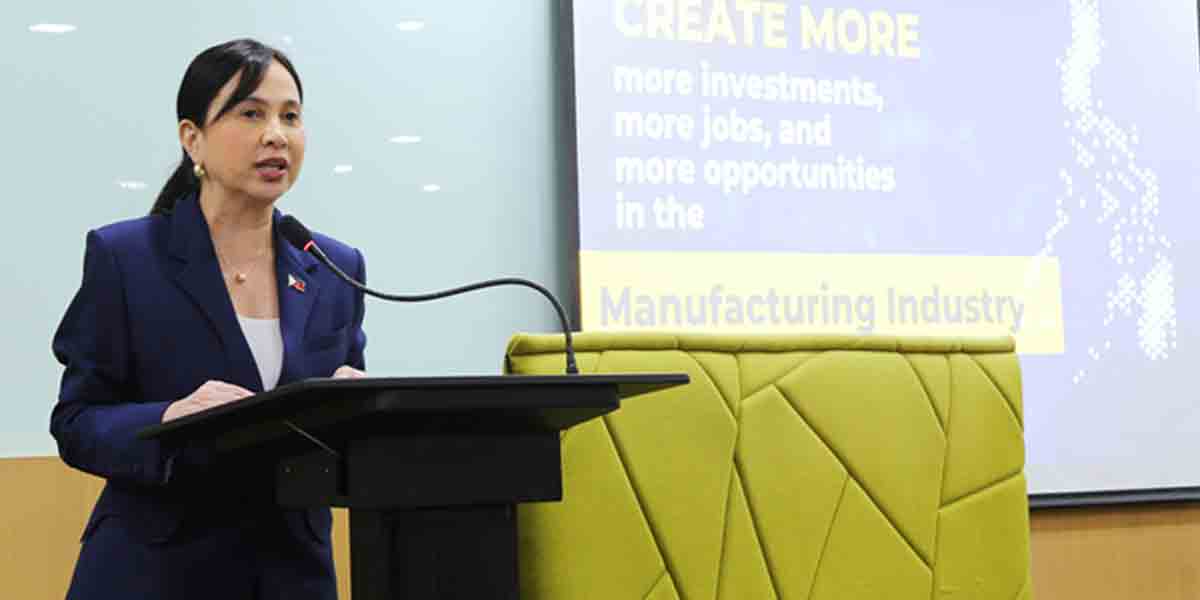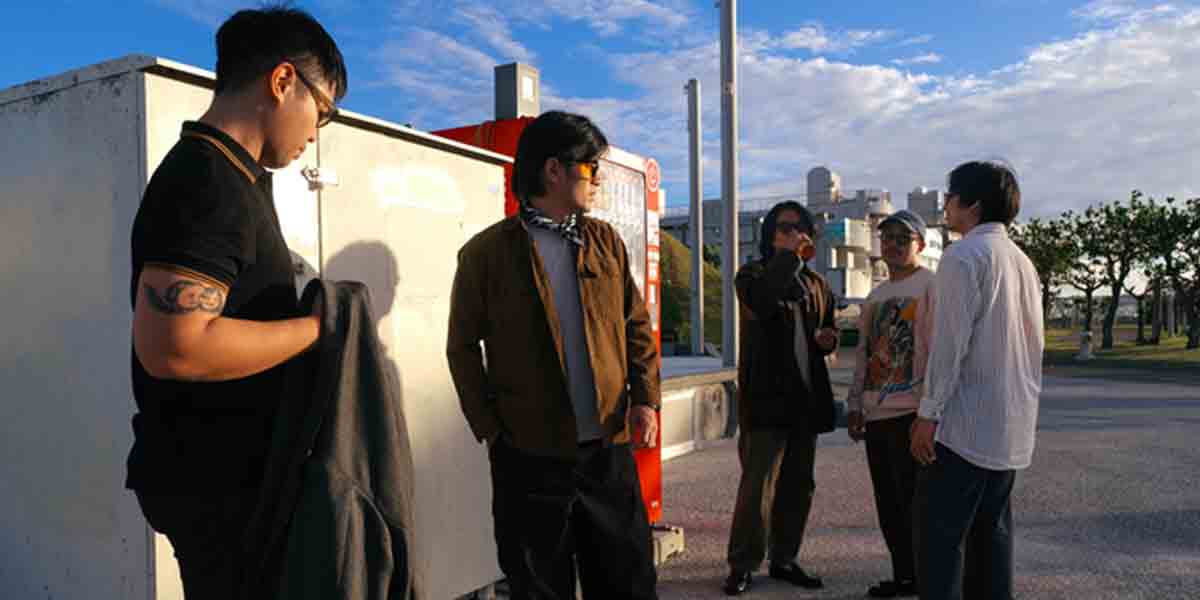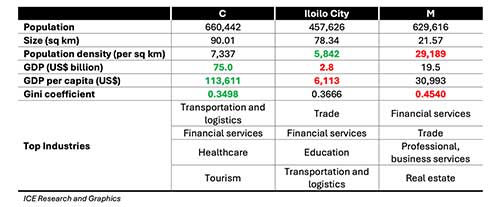
By the Institute of Contemporary Economics
(Part 1)
One of the tragedies of the current local elections in Iloilo City and many other local governments in the country is the lack of viable competition for people to choose from among candidates for elective government posts.
Without casting judgment on the prospective performance of the presumptive winner for the seat of Mayor, Iloilo City finds itself in a rare circumstance.
We would normally see unchallenged candidacies in situations where an incumbent official runs for reelection.
This would reflect the strength of the sitting official and relative satisfaction with the performance of that official.
It is also quite unique that the presumptive mayor is relatively inexperienced and untested whether in public service or in non-government positions.
Despite this, the Local Government Code only requires that for anyone to run and be elected for the position they must be:
(1) a citizen of the Philippines,
(2) a registered voter in the city where they intend to be elected,
(3) a resident of the city for at least one year immediately preceding the day of the election,
(4) able to read and write Filipino or another local language or dialect, and
(5) be at least 23 years old on election day for candidates vying for mayor of a highly urbanized city.
So, by all these benchmarks set by law, the presumptive next Mayor of Iloilo City is qualified to be elected to the position.
The question is, is that all there is?
The seeds of the renaissance
It can be argued that the importance of Iloilo City can be traced to 1566 when the Spanish established it as its second colonial center in the Philippines.
By the beginning of the 20th century, it was widely acknowledged as the second-most important economic center in the country.
Then came a period of tedium and contentment where economic and social development was contained by the conservatism of the people of Iloilo City.
A long line of unremarkable local governance meant that by the end of the 20th century, Iloilo City was neither here nor there.
The foundations of its economic significance were allowed to decay.
The lack of visionary leadership meant that Iloilo City was rapidly descending into obsolescence.
We can trace the current renaissance of Iloilo City as a city of significance to the first term of Mayor Jerry Treñas in 2001.
Despite early skepticism springing from the natural conservative demeanor of Ilonggos, the seeds of what Iloilo City has become as the fastest growing city in the country were sowed at that time.
Under the tagline, “Think Big. Think Iloilo”, local government became more focused and disciplined in originating and executing on meaningful plans to shake the city out of its doldrums.
Local governance was no longer matter of course but focused on tangible measures towards impactful goals.
With the leadership coming from City Hall, the heretofore uninvolved civil society organized and became more activist in its approach to relevant development initiatives.
The foundation built by Mayor Treñas laid down the framework for the work done by the succeeding administration of Mayor Jed Patrick Mabilog.
The awakening of civil society and a more focused political establishment led to the actualization of the visionary plans meant to improve not just the economic performance of the city but more so, its liveability.
During this time, issues such as the unstable supply of power, the inconsistent availability of water and the improvement of mobility infrastructure were tackled.
The relative political stability, the active involvement of civil society and the transparent working relationship among them saw the realization of such projects as the Esplanade, the Diversion Road Project, the transfer of the Iloilo International Airport, the circumferential and radial roads, the long-overdue transformations of the Iloilo-Guimaras Ferry Terminal and the Iloilo-Bacolod Ferry Terminal and the creation of cultural heritage preservation institutions.
It was also during this period when the private sector was lobbied and courted to address the supply and distribution of power and ways found to improve other issues in infrastructure directly impacting the quality of life of Ilonggos.
The psychological fragility of cooperation
While the transformation of Iloilo City may seem to have happened overnight, the spade work leading to this renaissance is now in its 25th year.
As active or peripheral actors in this work, the Institute and its members have seen common threads associated with what has happened in Iloilo City to many other successful transformational projects.
These threads include:
(1) A shared vision among the public sector, the private sector and other non-government actors including civil society;
(2) A common understanding among the stakeholders of their roles and responsibilities in the work;
(3) Respect and transparency between and among the parties involved in this transformative endeavor; and,
(4) The disciplined execution of the solutions.
We also point out other circumstances critical to the success of this transformation which include:
(1) The principled and focused leadership of City Hall;
(2) The unity in purpose despite occasional differences in political leanings and approaches to solutions;
(3) The persistence and consistency in pursuing the solutions towards the shared vision; and,
(4) The growing sophistication of the work that is done and needs to be done.
It is thus important to be mindful of the fragility of the cooperative nature by which the work of 25 years has been done.
It has not been the work of just one person nor group but is the collective effort of various members of the community.
There is more work that needs to be done.
We have only scratched the surface of the problems that our community has to work on to get to our desired state.
Where to next, Iloilo City?
It is within this context that the challenges for the next city leadership comes to fore.
What has led Iloilo City to where it is now has been a continuum of actions by actors with a shared vision.
Is it a vision shared by the next Mayor?
What is her vision for the future?
Does she have one?
What we have gleaned from public pronouncements during this campaign period have been generalized concepts and motherhood statements.
Whatever specificity there is involve projects which do not move the needle.
Having said that, we do not know enough to make an informed judgment over where the city will go under a new administration.
It may be that the presumptive Mayor will be more than what we can so far observe from our very limited interactions with her.
It may also be that Iloilo City will revert back to the matter of course governance which contributed to the stunting of the city’s development from the post-war years to 2001.
Thin resume
The body of work of the next Mayor is, objectively speaking, quite thin.
We take comfort in her statement that: “Our goal is to uplift the lives of our people and drive the development of our city.”
In this, the Institute supports her.
The question then becomes, how?
The Tale of Three Cities
We began this paper with a table showing a comparison of three cities largely on economic terms.
We identified Iloilo City as one of those cities.
We focus on economic comparisons because, among others, it provides clear numerical targets.
Without this, we would aimlessly be going around in circles.
Second, the avowed goal of the Institute is the pursuit of human development and the maximization of opportunities and choices for people.
Economic development is a means towards this end.
The table is our way of saying that there are various paths towards development.
These paths have various outcomes.
In the context of this paper, the questions would be
(1) where do you want to go, and
(2) how do you get there?
The comparative cities, labelled “C” and “M”, were largely chosen for being close to the population of Iloilo City which by this time should be at or close to 500,000 people.
To be realistic, there really is no choice.
A normal observer would choose City “C” as our outcome and our development path should be towards getting to those outcomes.
City “C” has the largest economy with a GDP of $75 billion, a GDP per capita of $113,611, a better income equality indicator with its Gini coefficient at 0.3498 plus it is way less congested than City “M” with population density of 7,337 people per square kilometer versus 29,189.
The top industries of City “C” include Financial Services and Transportation and Logistics which also happen to be two of the top industries in Iloilo City.
Further, in previous reports (1), we had pointed out that Iloilo City is quite competitive in Healthcare relative to other areas in the Philippines.
Also, in our report (2) on Tourism in Iloilo City, we had argued that this is an area, if given the right focus, could be a significant source of economic growth for Iloilo City.
Finally, one of the largest employers in City “C” is the Education sector which also happens to the case in Iloilo City.
So, it really wouldn’t be too farfetched to say that the economy of Iloilo City has more in common with City “C” than City “M”.
Beyond this, City “C” is a seaside community similar to Iloilo City whereas City “M” is landlocked.
The magnitude of difference
In terms of size and demographics, City “C” is 15% bigger than the Iloilo City and its population is 44% larger.
In terms of its economy, however, the GDP of City “C” is 28x larger than that of Iloilo City while GDP per capita is 18x larger.
The difference is quite stark.
But then again, as has been the journey of Iloilo City’s renaissance has been so far, nothing like this happens overnight.
It will take a couple of generations for Iloilo City to approximate the economic output of City “C”, or it may not even get there.
But then again, what’s more important is taking the right path now.
Demystifying the ‘impossible’
So, what has accounted for the magnitude of the disparity?
First, there is the fact that City “C” has had the head start of having been established in the 12th century giving it a 400-year or so advantage.
There is really nothing we can do about this.
But we can definitely do something about the other factors which has contributed to City “C” becoming such an economic powerhouse.
We would summarize these factors as having:
(1) One of the best educational systems in the world
(2) A significant pharmaceutical industry engaged in research and development in biotechnology
(3) The headquarters of one of the largest container shipping and logistics companies in the world
(4) The headquarters of several regional financial institutions and banks
(5) Business clusters in information technology, clean technology and smart city solutions
Looking at these factors, there is nothing that Iloilo City cannot replicate.
It just needs to focus on what needs to be done to improve the quality of our educational system, among other things.
In terms of the business locators, Iloilo City:
(1) has the healthcare education institutions to serve as the backbone of an R & D hub focused on biotechnology;
(2) has the physical attributes to expand its capacity to be an international container shipping and logistics hub;
(3) has the infrastructure and the possibility of expansion to be the regional center for financial institutions; and,
(4) Iloilo City can host companies involved in IT, clean technology and smart city solutions.
Again, these will not happen overnight, but they don’t have to take a couple of generations to start as well.
The collective effort of the Iloilo City community over the past quarter of a century has proven that we can make transformative and meaningful initiatives given the right ingredients working together.
We cannot emphasize enough the importance of having competent and informed leadership by City Hall.
There is nothing that precludes us from pursuing economic development towards the transformative and meaningful improvement of the quality of life of our people following the City “C” path.
It will take purposeful effort to do so but it can be done and there is nothing intrinsic to this path that prevents us from starting this now.
In Part 2 of this paper, we will go into more detail and specifics on the issues, challenges and the ways towards solutions.
P.S. City “M” is Makati. City “C” is Copenhagen, Denmark.
End Notes:
- (2025). 2024 Yearend Macroeconomic Briefing. Institute of Contemporary Economics.
- (2024). Visit Iloilo? Why?. Institute of Contemporary Economics.

